America’s smallest communities often house its most charming cultural treasures—historic opera houses that once brought world-class entertainment to frontier towns and agricultural centers. These architectural gems remind us that culture and sophistication weren’t limited to major cities during the late 1800s and early 1900s when traveling performers brought Broadway-quality shows to audiences hungry for entertainment.
These opera houses tell the stories of communities that valued culture enough to build elaborate entertainment venues—even during times when such luxuries seemed impractical. Here’s a list of 15 historic opera houses in tiny towns that prove culture thrives everywhere.
Piper Opera House, Virginia City, Nevada
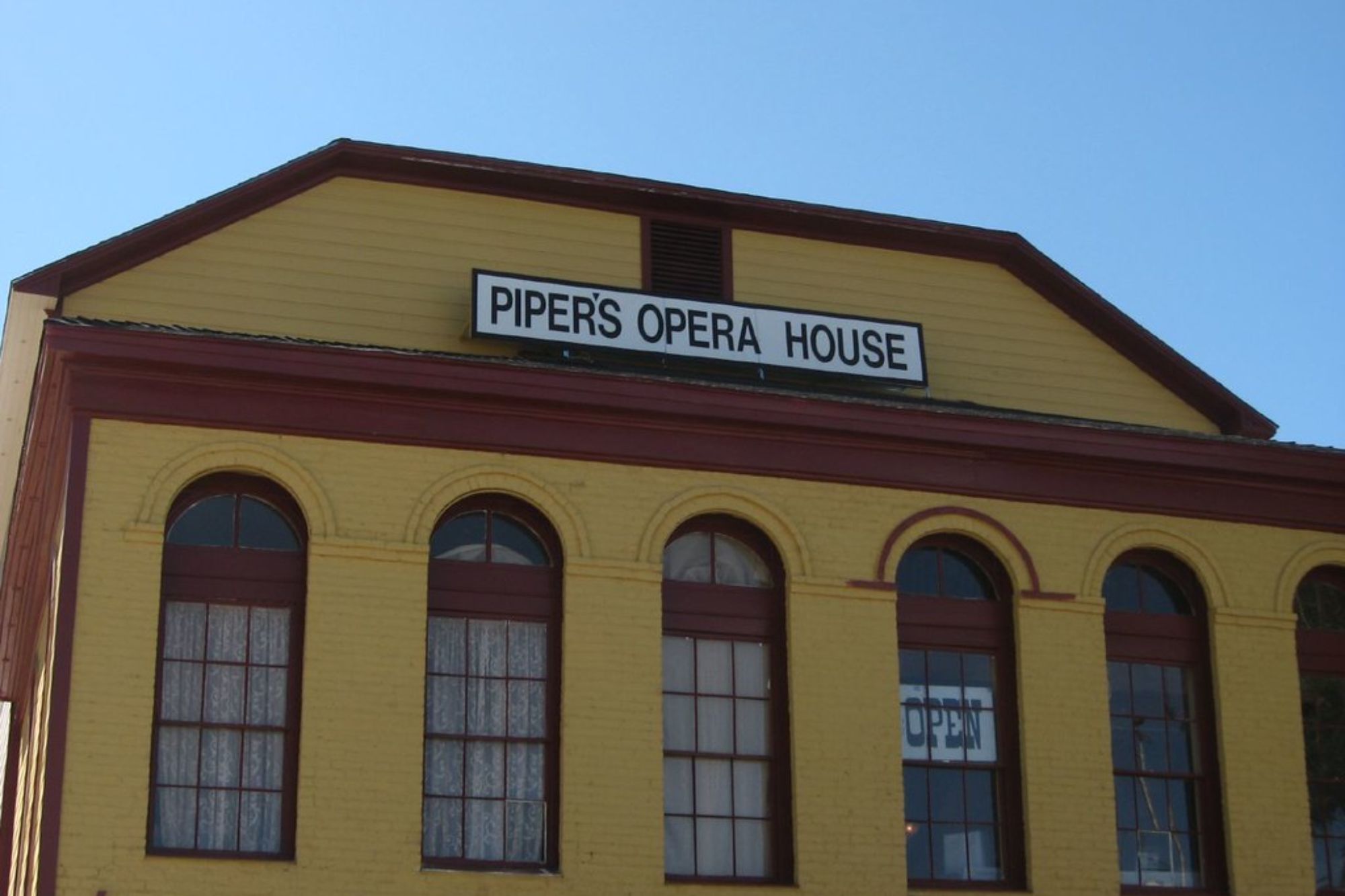
Virginia City’s Piper Opera House opened in 1885 during the height of the Comstock mining boom, when this remote Nevada town boasted a larger population than San Francisco. The venue hosted legendary performers like Edwin Booth and Lillie Langtry, who traveled across the continent to perform for audiences flush with silver wealth.
Today, the restored opera house continues hosting performances in a setting that transports visitors back to the Wild West era when mining towns could afford world-class entertainment. The building’s Victorian architecture and original fixtures create an authentic period atmosphere that few venues can match.
Tabor Opera House, Leadville, Colorado
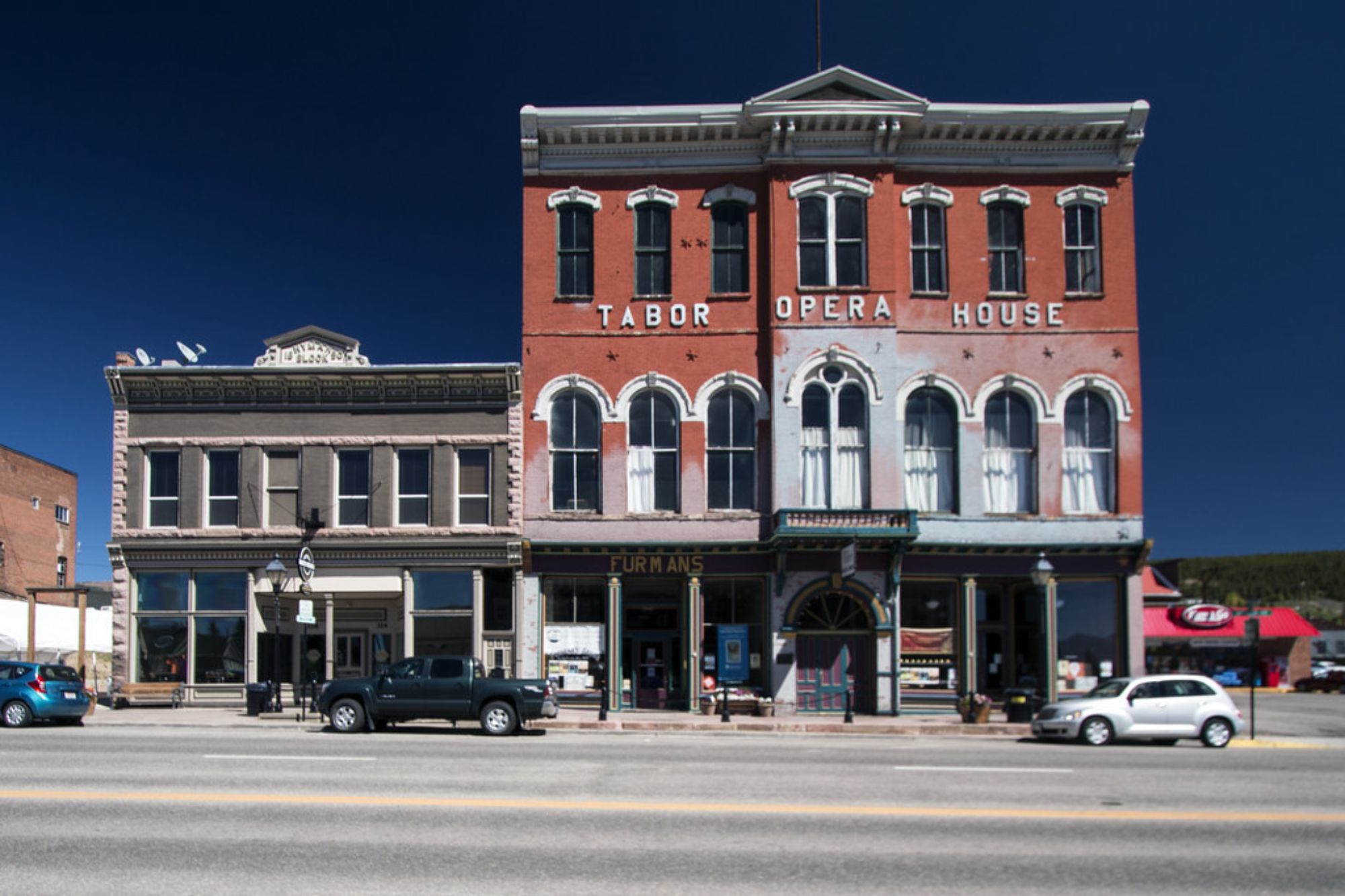
Leadville’s Tabor Opera House represents the pinnacle of mining town cultural ambition, built in 1879 by silver baron Horace Tabor during Colorado’s mining boom. The venue attracted famous performers like Oscar Wilde and Harry Houdini to this high-altitude town, where miners and millionaires sat side by side to enjoy world-class performances.
The opera house’s elaborate Victorian interior includes original frescoed ceilings and ornate balconies that showcase the craftsmanship available when money flowed freely from local mines. Today, visitors can tour the restored facility and attend performances that continue the tradition of bringing culture to Colorado’s mountains.
Majestic Opera House, Chillicothe, Missouri
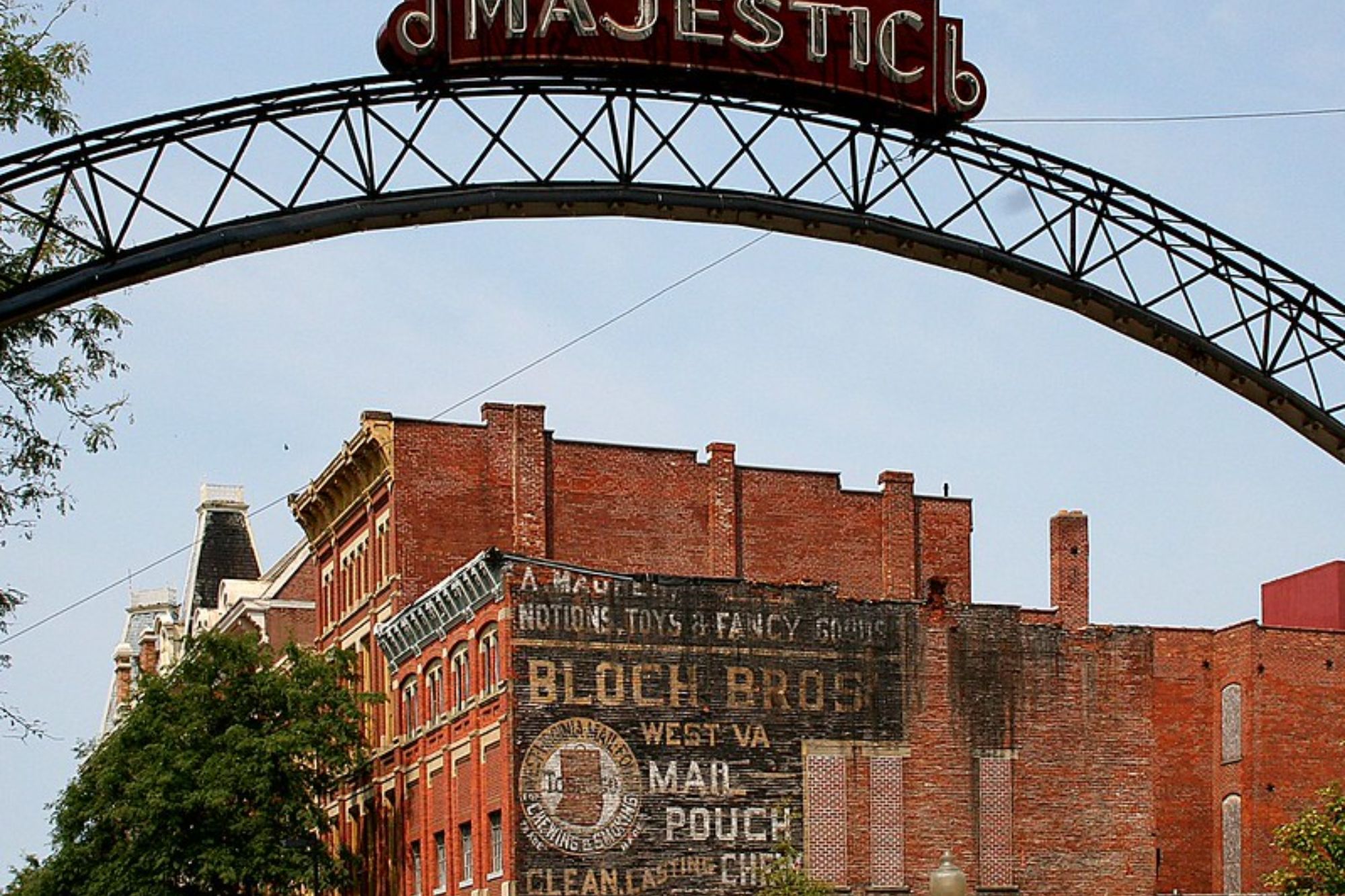
Chillicothe’s Majestic Opera House opened in 1902 as the cultural centerpiece of this northern Missouri railroad town, featuring state-of-the-art amenities that rivaled much larger cities. The venue’s original Tiffany chandelier and hand-painted ceiling murals demonstrate the level of sophistication that small Midwestern communities demanded in their entertainment venues.
Local restoration efforts have returned the opera house to its original grandeur, complete with period furnishings and technical equipment that allows modern productions while maintaining historical authenticity. The venue now hosts everything from community theater to touring acts that appreciate performing in such an intimate, well-preserved setting.
Like Travel Pug’s content? Follow us on MSN.
Boothbay Opera House, Boothbay Harbor, Maine
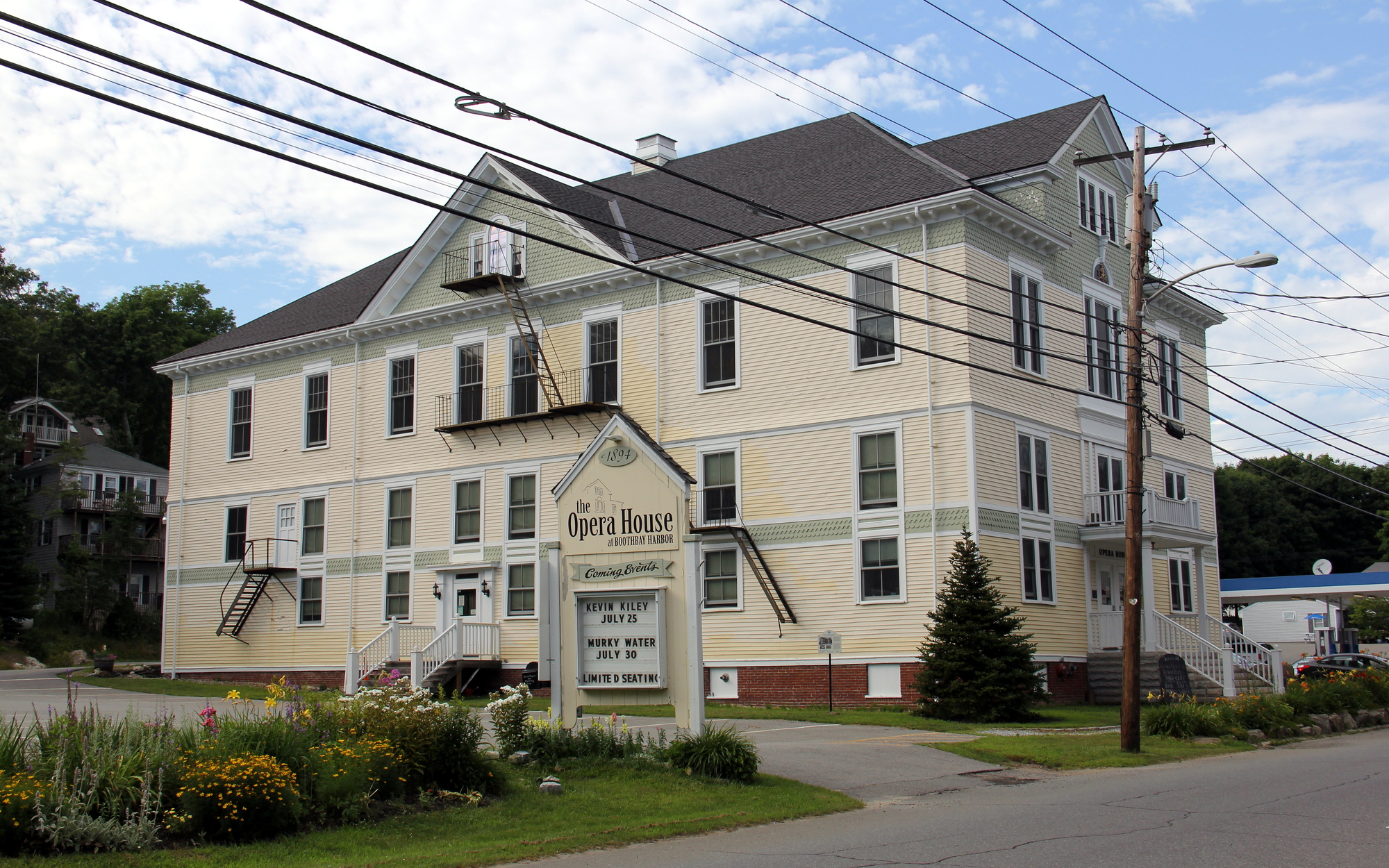
Maine’s Boothbay Opera House sits in a coastal village where the year-round population barely exceeds 2,000 people, yet the venue has hosted continuous performances since 1894. The building’s simple exterior hides an elegant interior with excellent acoustics that make every seat feel close to the action.
Local fishing families and summer residents created this cultural oasis during an era when coastal Maine communities invested heavily in education and the arts. Today, the opera house maintains its community focus while attracting visitors who discover that some of New England’s best small-venue performances happen in the most unlikely places.
Historic Park Theatre, Estes Park, Colorado
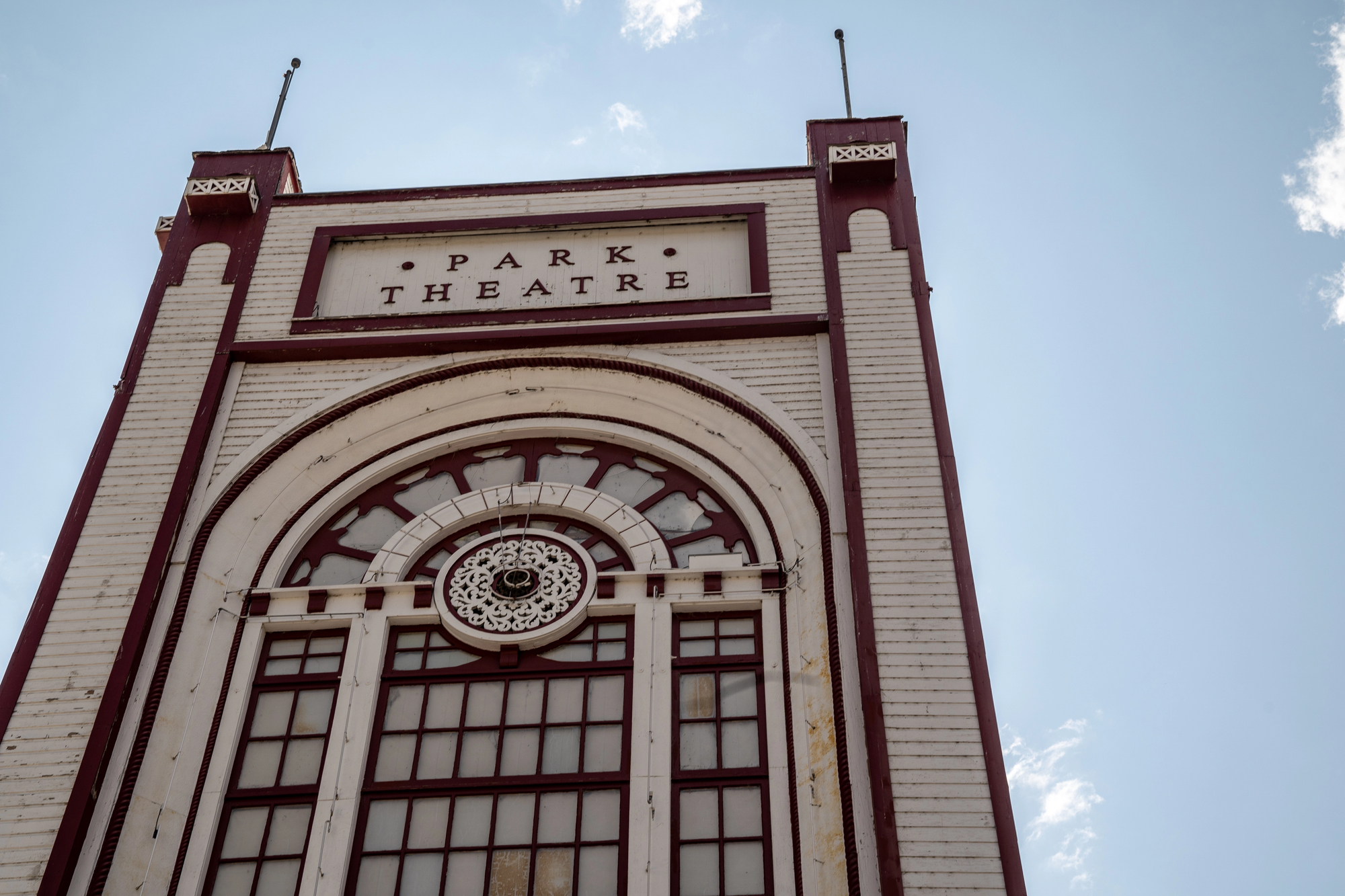
Estes Park’s Historic Park Theatre opened in 1913 to serve this Rocky Mountain gateway community, where tourists and locals gathered for entertainment during Colorado’s early tourism boom. The venue’s location near Rocky Mountain National Park creates a unique setting where wildlife and wilderness provide the backdrop for indoor cultural experiences.
Original tin ceilings and period lighting fixtures create an authentic early 20th-century atmosphere, while modern amenities ensure that contemporary audiences enjoy comfort along with history. The theater continues hosting live performances that range from community productions to touring acts that appreciate the intimate mountain setting.
Grand Opera House, Del Norte, Colorado
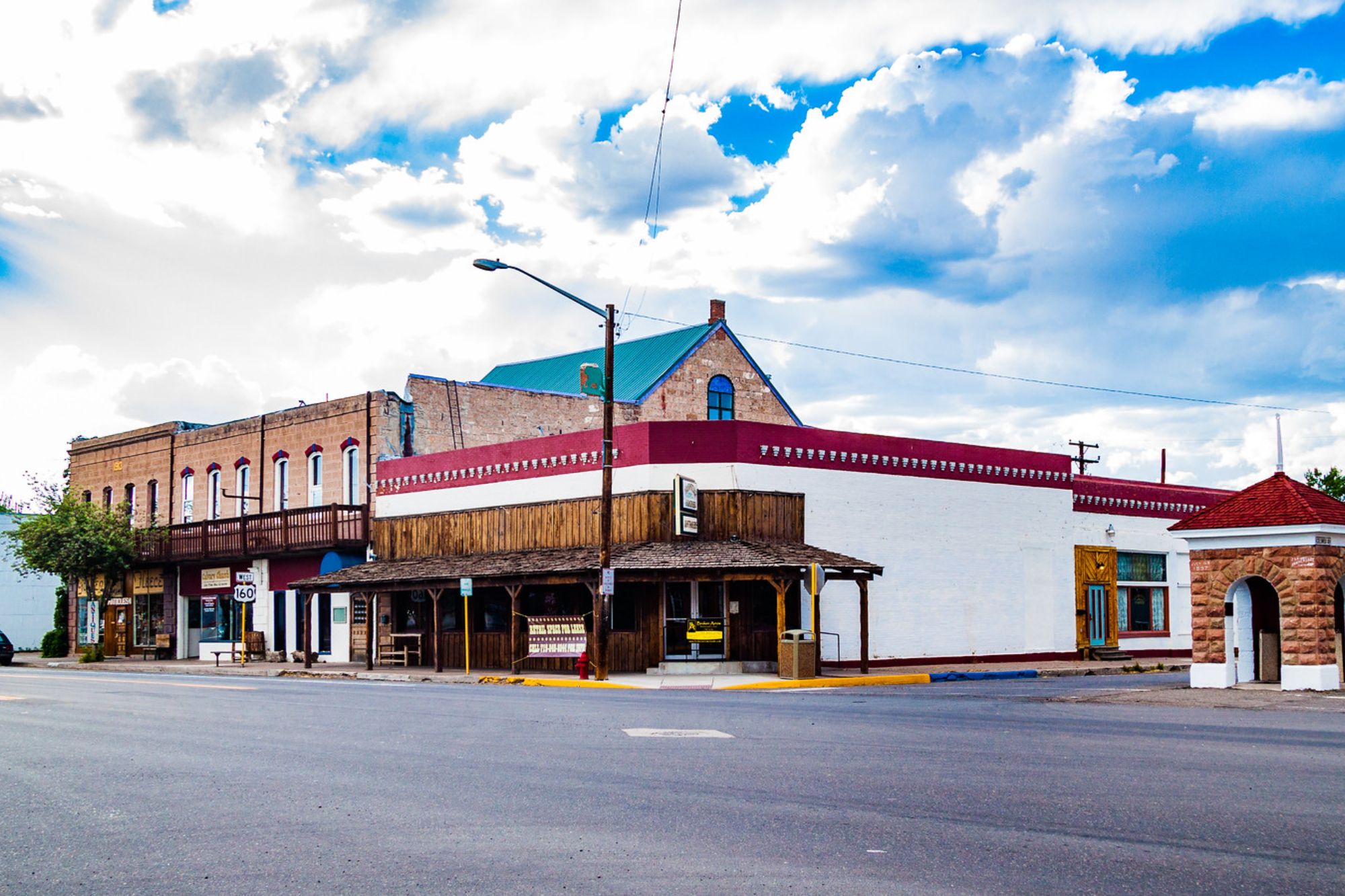
Del Norte’s Grand Opera House proves that even remote San Luis Valley communities valued culture enough to build elaborate entertainment venues during the railroad era. The 1883 building served a farming and ranching community where entertainment options were limited, making the opera house the social and cultural center for the entire region.
Original pressed tin ceilings and ornate woodwork demonstrate the craftsmanship that frontier communities could attract when they committed to quality construction. Today, the restored venue hosts performances that serve the same community-building function that made opera houses essential to small-town life.
Like Travel Pug’s content? Follow us on MSN.
Wheeler Opera House, Aspen, Colorado
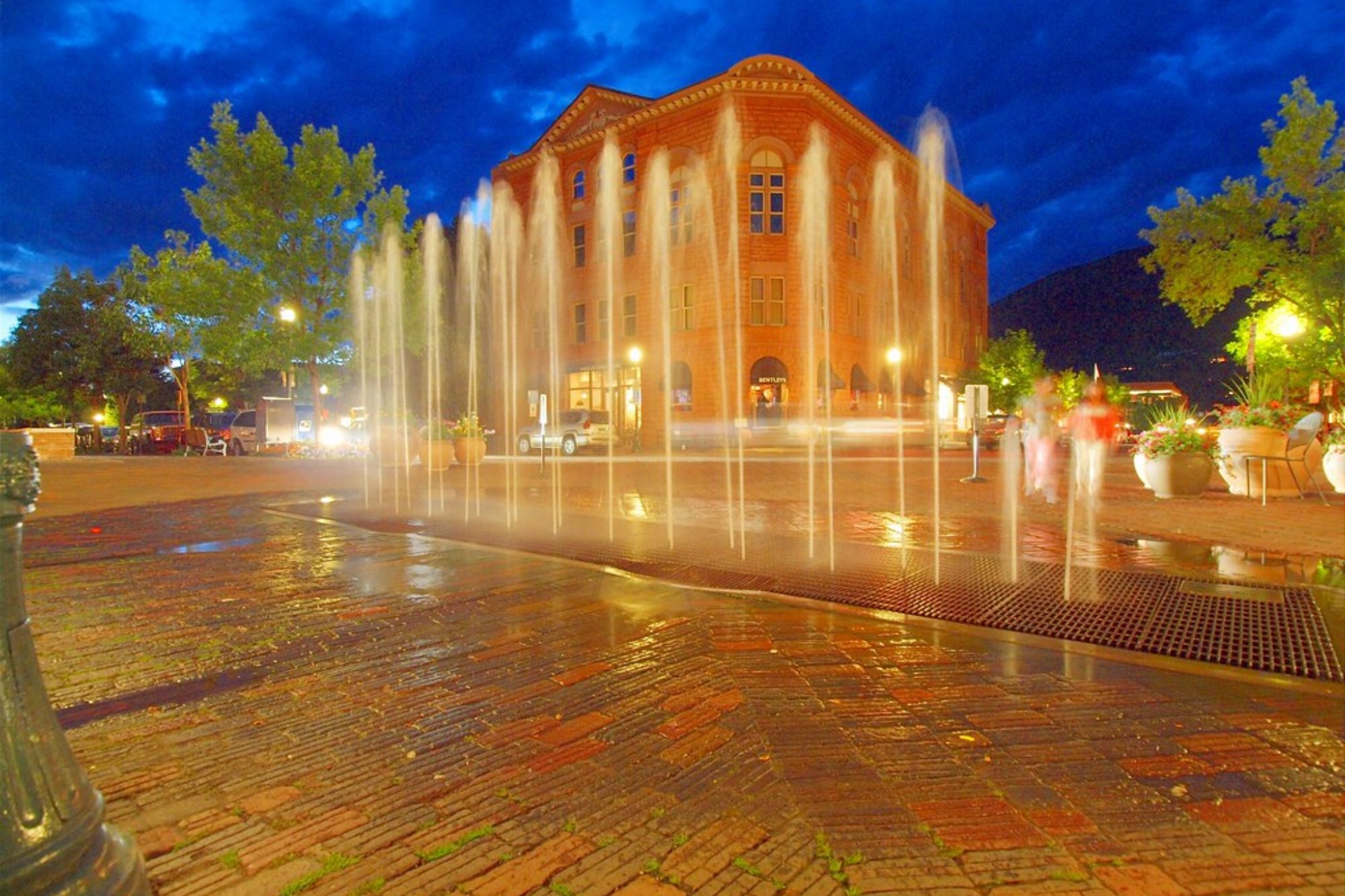
Aspen’s Wheeler Opera House opened in 1889 when this remote mining town could afford world-class entertainment thanks to silver wealth that flowed from local mines. The venue hosted performers like Annie Oakley and John Philip Sousa, who traveled to Colorado’s mountains for audiences that appreciated fine entertainment.
Original Victorian architecture and period furnishings create an authentic setting that connects modern audiences with Aspen’s mining heritage. The opera house continues hosting performances that range from classical music to contemporary acts, maintaining its role as a cultural anchor for the community.
Red Men Hall and Opera House, Columbia, California
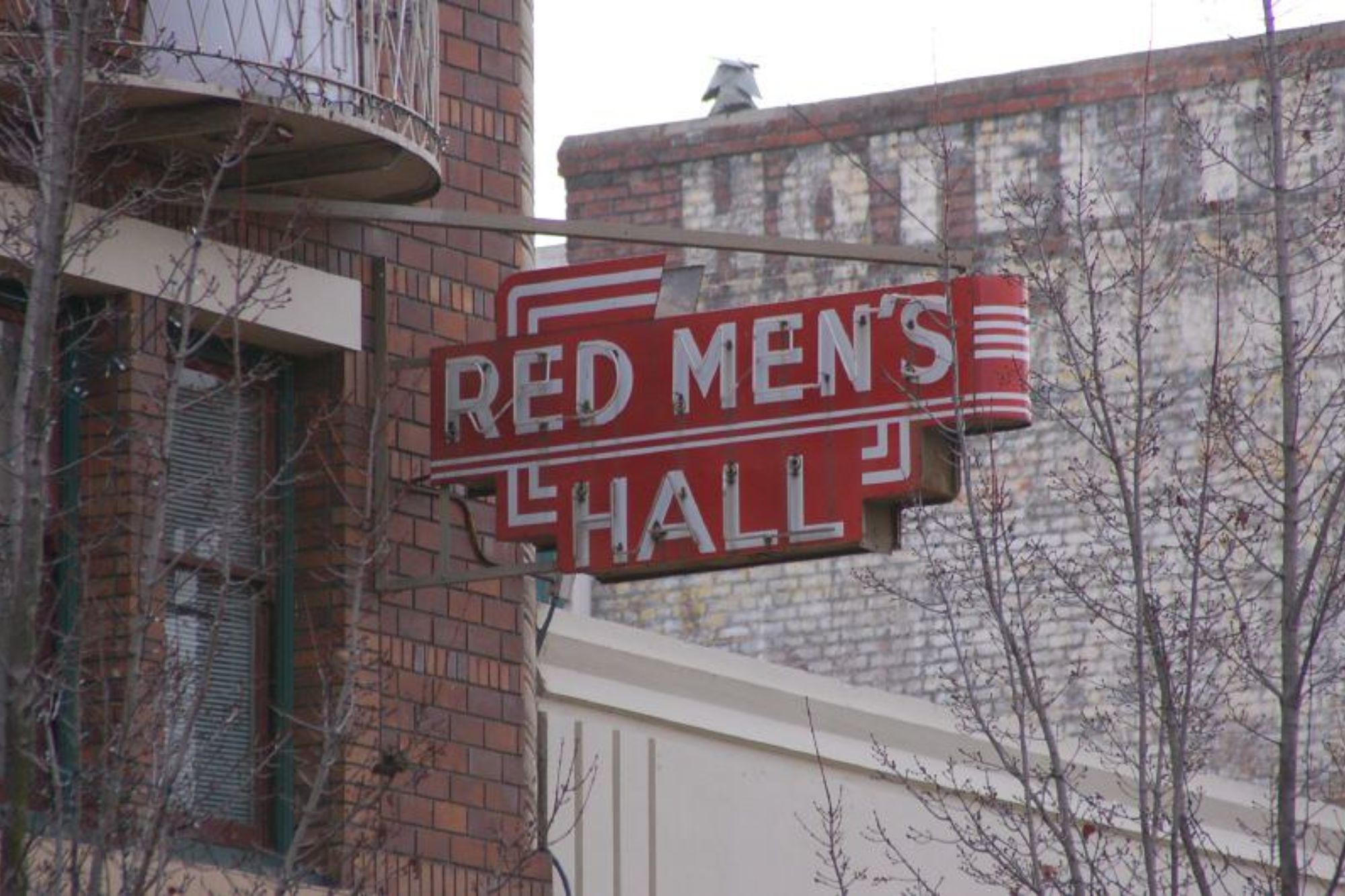
Columbia’s Red Men Hall and Opera House served California’s Gold Country during the 1850s gold rush, when this remote Sierra Nevada town briefly rivaled San Francisco in size and sophistication. The venue brought traveling performers to miners and merchants who craved entertainment after long days of backbreaking work in dangerous conditions.
Today, the restored opera house operates as part of Columbia State Historic Park, where period performances and historical programs recreate the atmosphere of Gold Rush-era entertainment. The building’s simple exterior and elegant interior demonstrate how frontier communities balanced practicality with cultural aspirations.
Elks Opera House, Prescott, Arizona

Prescott’s Elks Opera House opened in 1905 to serve Arizona Territory’s capital city, bringing sophisticated entertainment to the high desert long before statehood changed the region’s character. The venue’s location at 5,400 feet elevation created a unique setting where territorial officials and cowboys gathered for cultural events that connected frontier Arizona with national entertainment trends.
Original fixtures and period architecture create an authentic early 20th-century atmosphere, while modern renovations ensure that contemporary performances meet current technical standards. The opera house continues serving as Prescott’s premier cultural venue more than a century after opening.
Like Travel Pug’s content? Follow us on MSN.
Pend Oreille Players Theatre, Sandpoint, Idaho
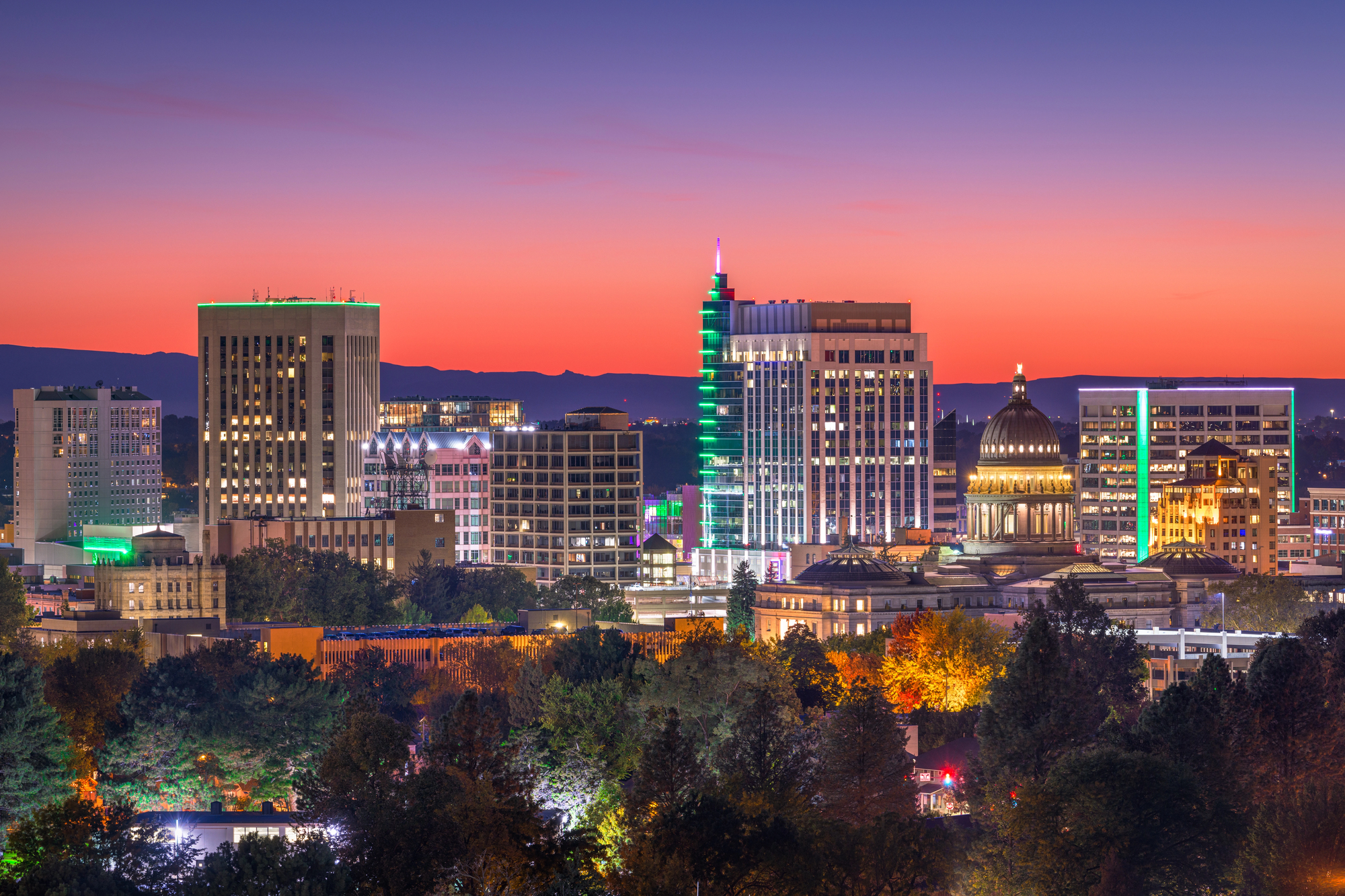
Sandpoint’s Pend Oreille Players Theatre occupies a restored 1927 building that served this remote Idaho lake town during the timber industry’s heyday. The venue’s intimate setting creates connections between performers and audiences that larger theaters cannot match, while the building’s period architecture provides an authentic small-town atmosphere.
Local volunteers restored the facility to preserve both its historical significance and its role as the community’s cultural center. Today, the theater hosts productions that range from classic plays to contemporary works, maintaining the tradition of bringing quality entertainment to northern Idaho’s mountains.
Historic Elsinore Theatre, Salem, Oregon
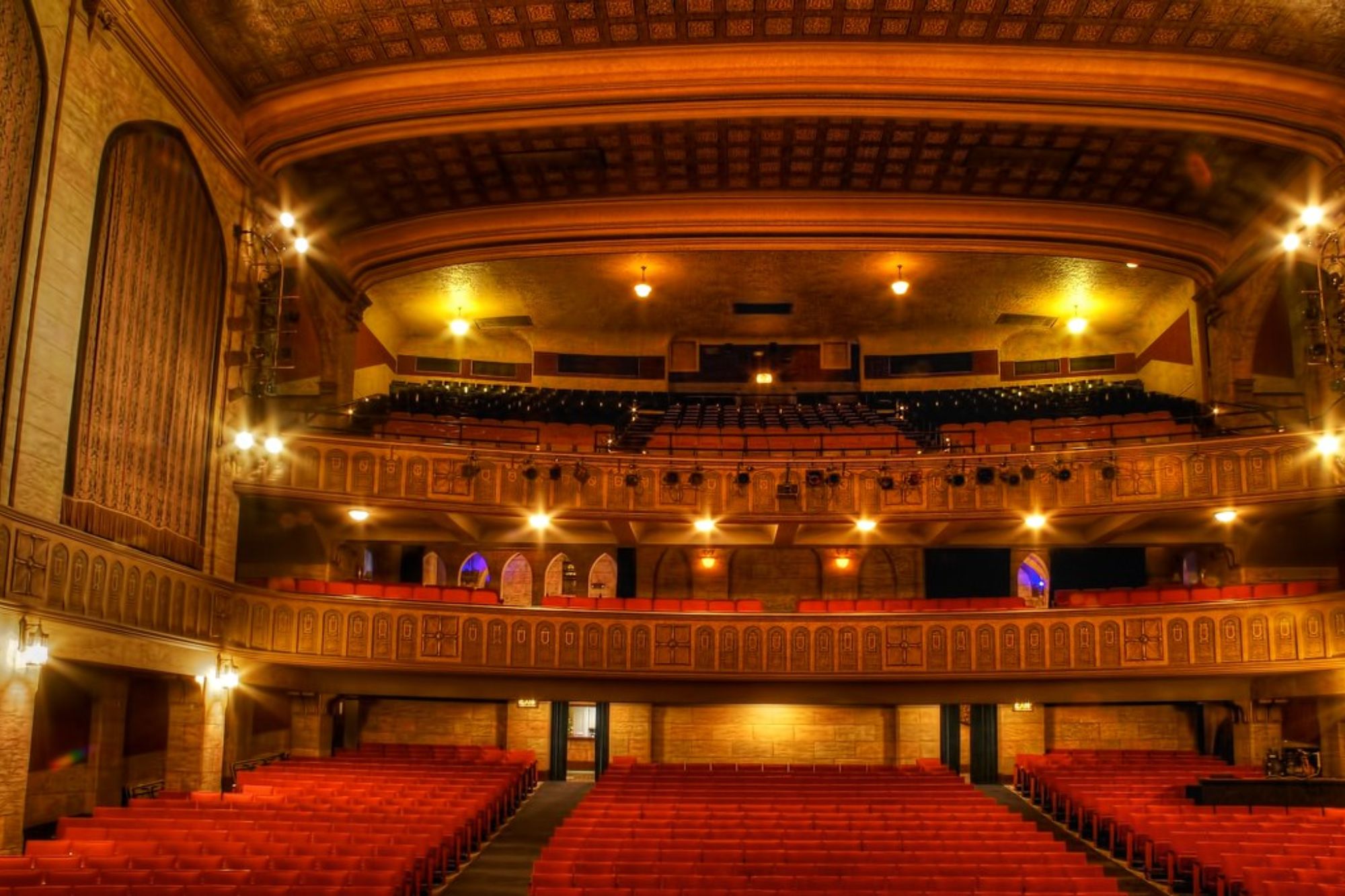
Salem’s Historic Elsinore Theatre opened in 1926 to serve Oregon’s capital city with vaudeville and early movies, creating a cultural anchor that connected this agricultural center with national entertainment trends. The venue’s elaborate Spanish Colonial Revival architecture and original atmospheric ceiling effects demonstrate the sophistication that mid-sized communities demanded in their entertainment venues.
Extensive restoration efforts have returned the theater to its original grandeur while adding modern technical capabilities that allow contemporary productions.
Gem Theater, Kannapolis, North Carolina

Kannapolis’s Gem Theater opened in 1936 to serve this textile mill town, where workers and their families sought entertainment during the Great Depression era. The venue’s Art Deco design reflects the optimism and style of the 1930s, when even struggling communities invested in beautiful public spaces.
Local restoration efforts have preserved original architectural details while updating technical systems to support modern productions. Today, the theater hosts community productions and touring acts that continue the tradition of bringing quality entertainment to working-class audiences who appreciate accessible culture.
Like Travel Pug’s content? Follow us on MSN.
Liberty Theatre, Astoria, Oregon
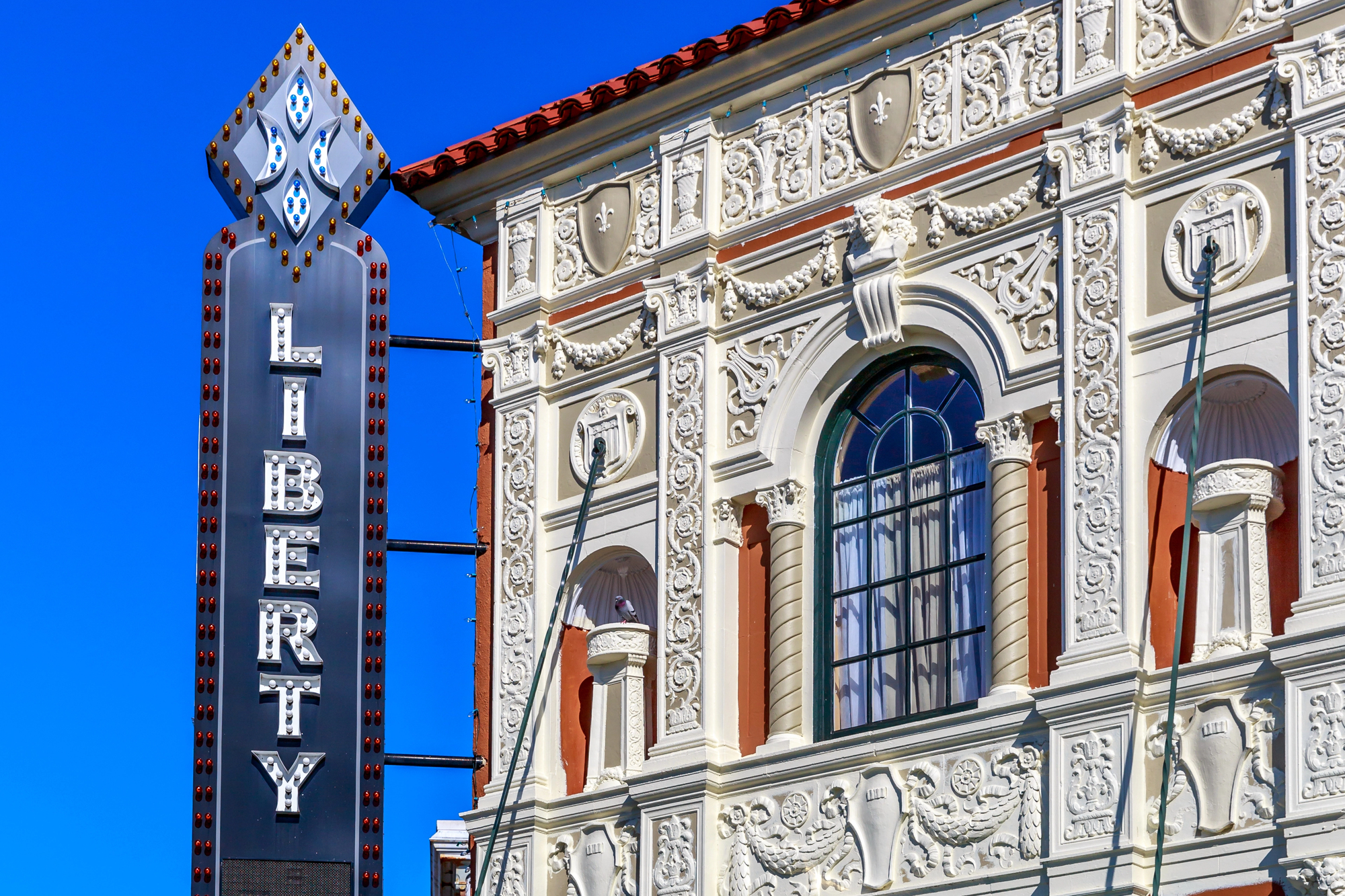
Astoria’s Liberty Theatre opened in 1925 to serve this Columbia River port town, where fishing and logging families gathered for entertainment during the region’s economic boom. The venue’s Spanish Colonial Revival architecture and original Wurlitzer organ create an authentic 1920s atmosphere that transports audiences back to vaudeville’s golden age.
Community volunteers restored the facility to preserve its role as the region’s cultural centerpiece while maintaining historical authenticity. The theater now hosts performances that range from classic movies to live music, serving the same community-building function that made small-town theaters essential to social life.
Rialto Theater, Deer Lodge, Montana

Deer Lodge’s Rialto Theater opened in 1931 to serve this remote Montana ranch town, where entertainment options were limited by geography and sparse population. The venue’s Art Deco design and original fixtures demonstrate how even isolated communities could create sophisticated cultural spaces during the early 20th century.
Local preservation efforts have maintained the theater’s historical character while ensuring that modern audiences enjoy both comfort and authenticity. Today, the Rialto hosts community events and touring performances that connect this small Montana town with broader cultural movements.
Ritz Theater, Hawkinsville, Georgia
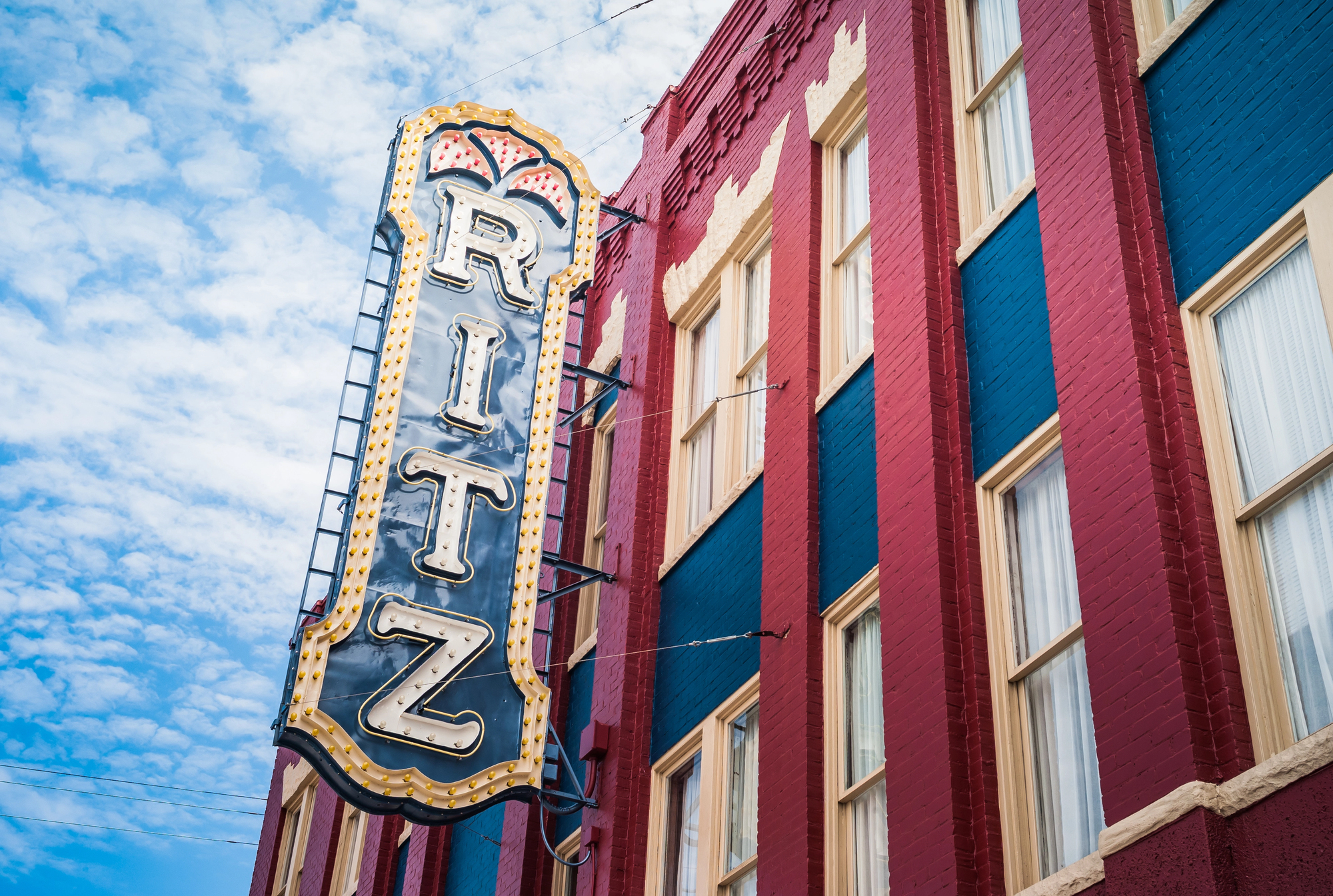
Hawkinsville’s Ritz Theater opened in 1937 to serve this small Georgia town where agricultural families sought entertainment during the depths of the Great Depression. The venue’s modest exterior hides an elegant interior with original Art Deco details that reflect the era’s optimistic design philosophy.
Community restoration efforts have preserved the theater’s historical significance while updating facilities to support contemporary productions. The Ritz continues hosting performances that bring culture to rural Georgia, maintaining the tradition of making quality entertainment accessible to small-town audiences.
Like Travel Pug’s content? Follow us on MSN.
Small Towns, Grand Stages
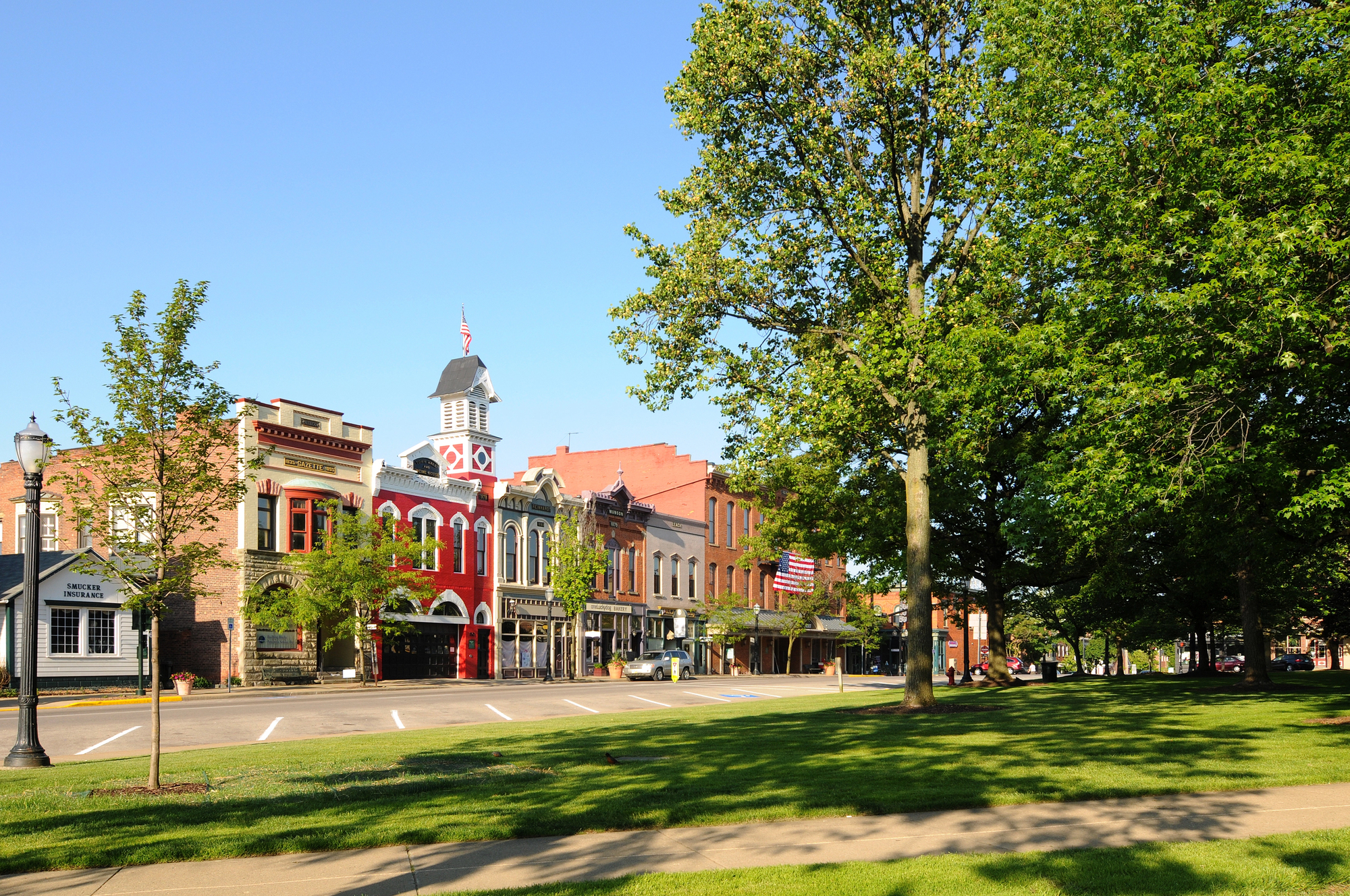
These historic opera houses prove that America’s cultural heritage extends far beyond major cities, reaching into tiny communities where residents understood that culture and entertainment were essential to civilized life. Each venue represents a community’s commitment to bringing the wider world to their doorstep, creating spaces where traveling performers could share their talents with audiences hungry for connection and beauty.
Today, these restored theaters continue fulfilling their original mission, demonstrating that the human need for shared cultural experiences transcends geography and population size.
More from Travel Pug

- 20 Best Beach Towns in the Carolinas
- 13 Destinations Where Tourists Regularly Regret Their Trip
- 20 Destinations That Are More Magical Without an Itinerary
- 20 Underrated Adventures That Belong on Your Travel List
- 20 Cities Where You Should Just Wing It, No Planning Required
Like Travel Pug’s content? Follow us on MSN.
